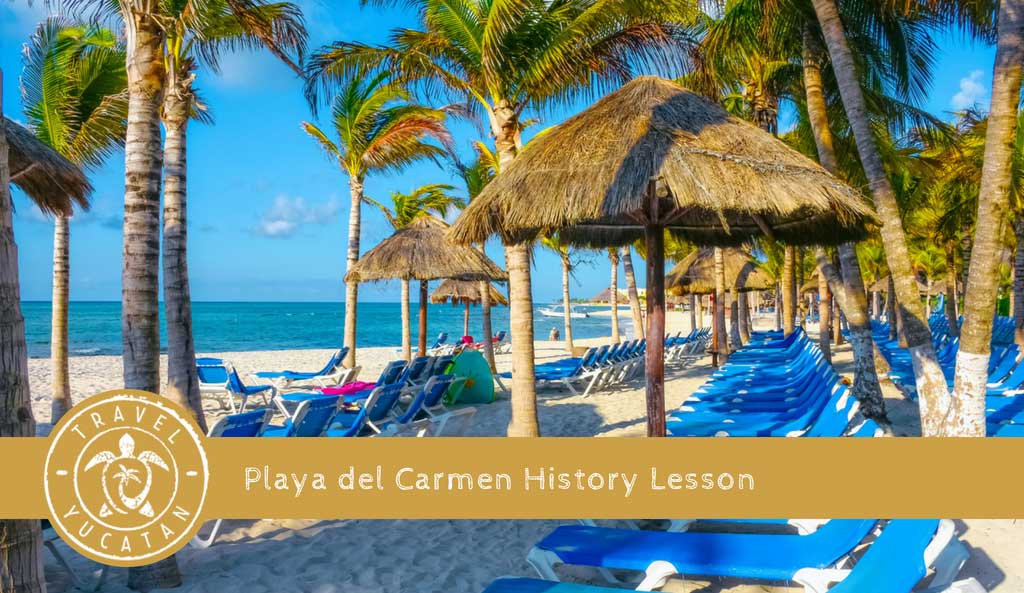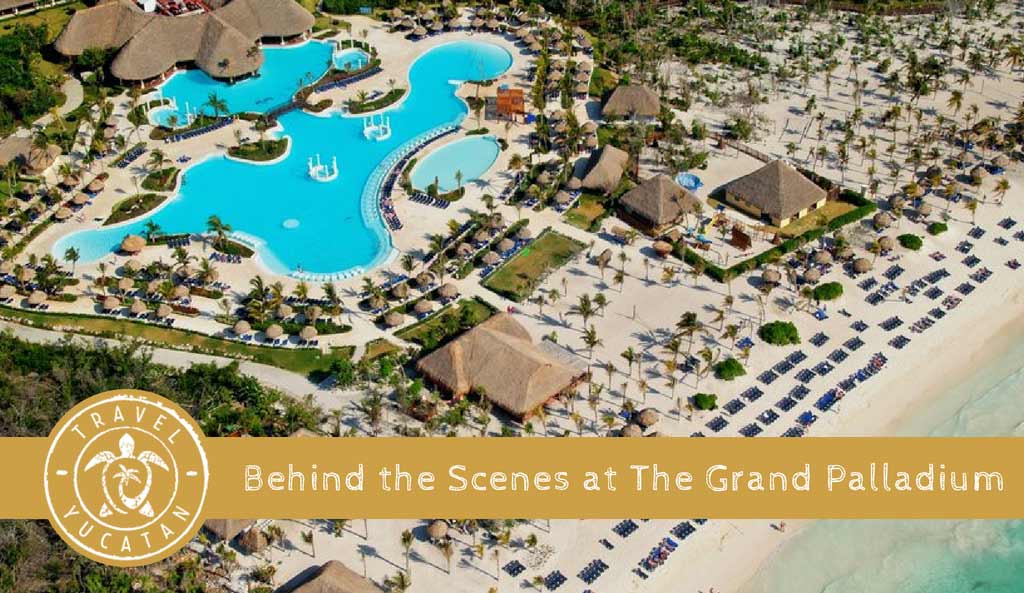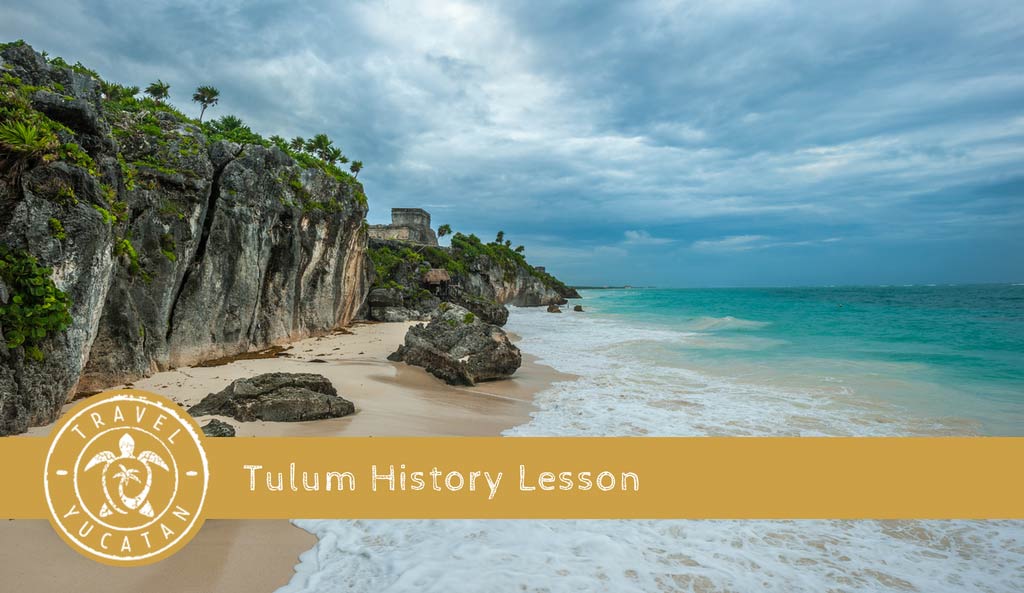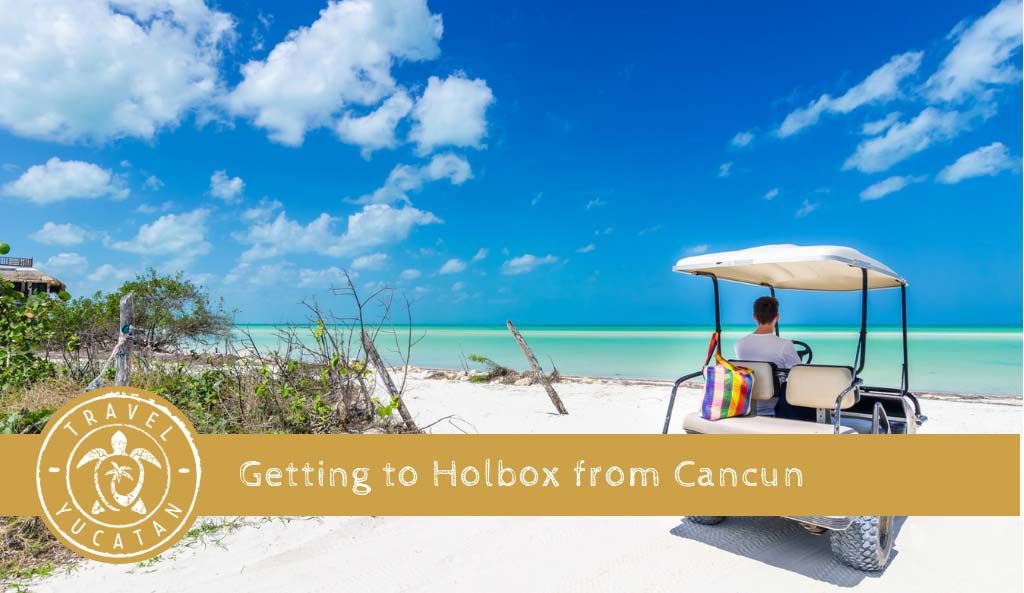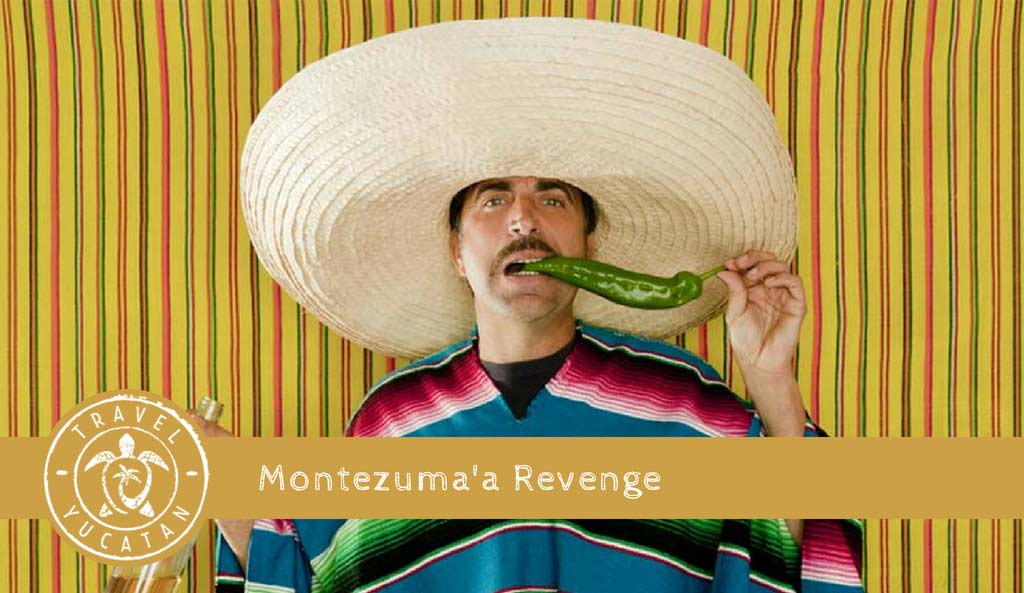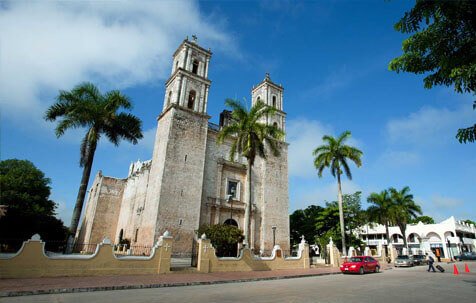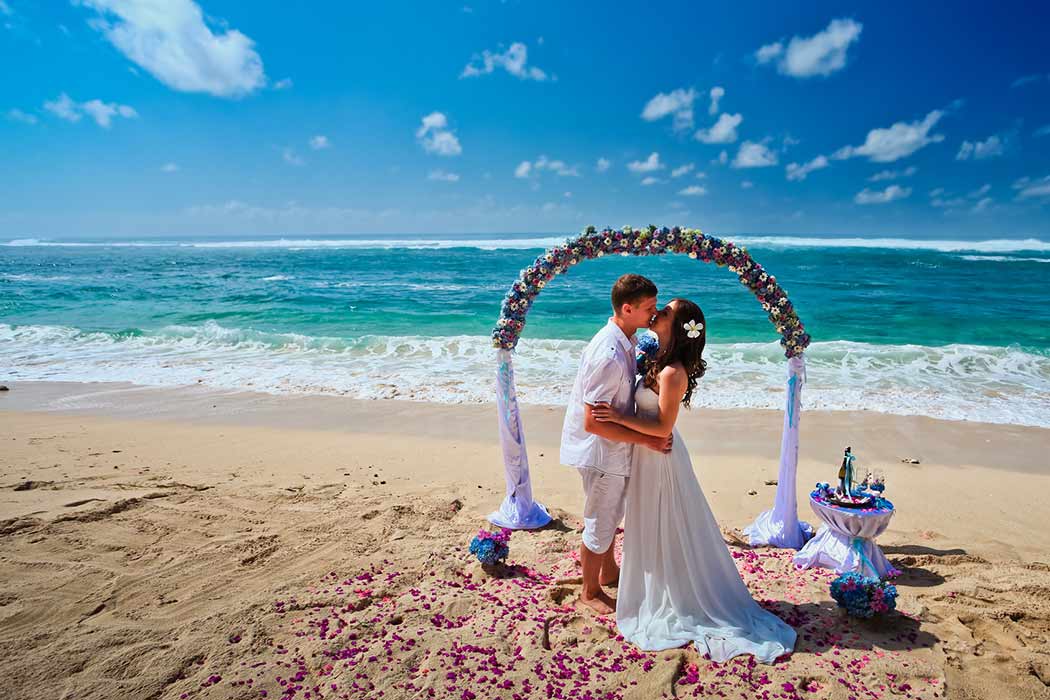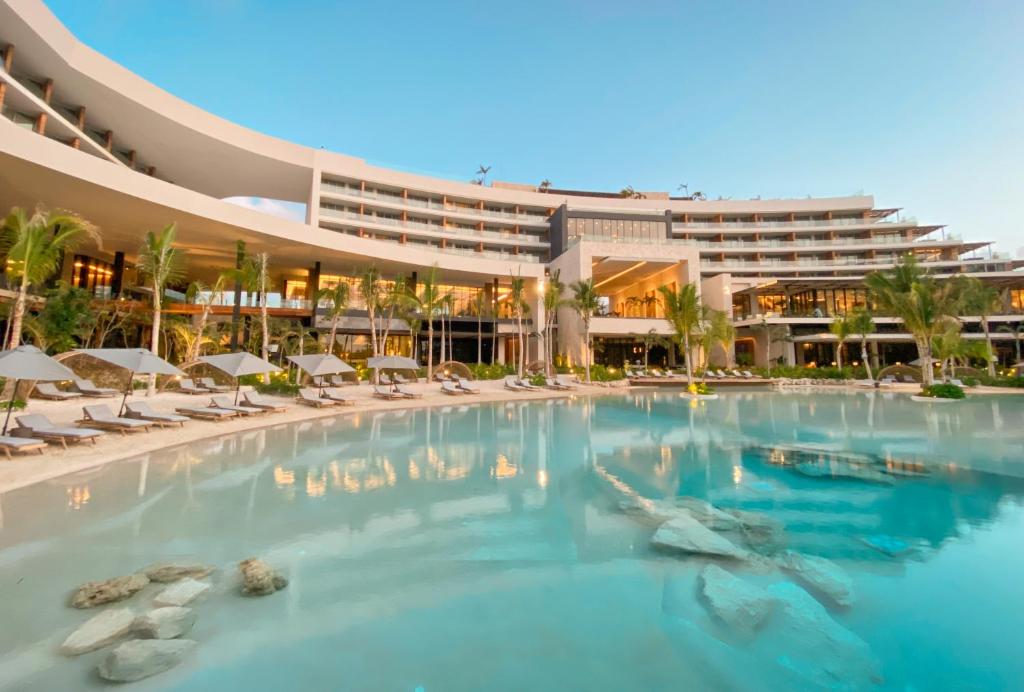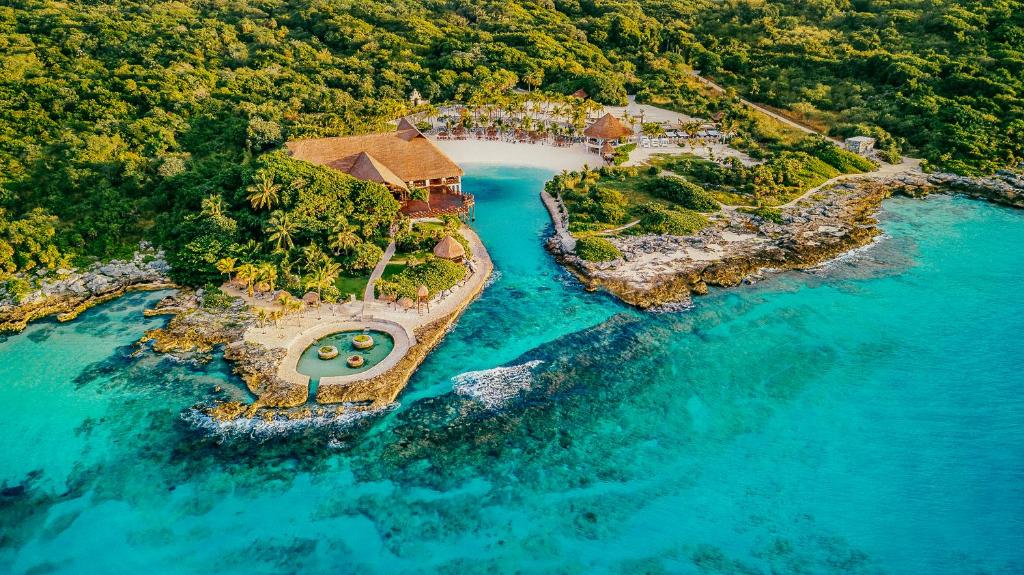Before Playa was an international tourist hotspot, it was a sleepy little fishing village on a pristine swath of bleached coral sand beach. Still standing today, the first modern buildings were the bus depot, the church by the main square, and the ferry dock to Cozumel. Beyond these were merely some scattered fishermen’s shacks and a few dusty roads leading off into the jungle.
Its location across from the island of Cozumel has made Playa del Carmen an important trade port for hundreds of years. In times past, local products such as salt, chicle gum and honey were traded for items from other regions. In the 1960s, its proximity to Cozumel aided in tourist development, as oceanographer Jacques Costeau explored and publicized the stunningly beautiful Meso-American reef surrounding that island.
Playa also has a rich history as a Mayan settlement. Ruins are still visible in the gated community of Playacar, and are especially prominent in nearby Tulum. Each spring, Mayan men and women would paddle across the channel to Cozumel in a pilgrimage to the moon goddess Ixchel. This tradition continues today, from the Xcaret eco-park bay.
Spanish settlers discovered Playa del Carmen in the 1500s and named the city in honor of Our Lady of Mount Carmel, the patron saint of Cancun. (The name literally translates to “Carmen’s Beach”.) The stunning beaches, freshwater supply, and variety of valuable products made Playa a frequent stop-over for Caribbean pirates in search of treasures.
In the late 1980s and into the 1990s, Playa’s population grew substantially. Fifth Avenue was paved and further developed. More resorts were attracted to the area and the community of Playacar was established.
Playa del Carmen Visitor Information
Unlike Cancun, Playa has retained a warm, free-spirited charm despite massive growth. Buildings are restricted to three storeys, so although the city has sprawled out somewhat (especially across the highway), it has kept is quaintness.
English is widely spoken in downtown Playa. Some European languages are spoken as well, such as German, Italian, French and Dutch. A huge part of Playa’s appeal is its international flavor!
In the tourist zone (centering around 5th Ave), you’ll be able to use American currency as easily as Mexican pesos. Tipping is not customary in much of the country, but it is very much appreciated in this touristy city.
Tourist Police are visible and readily available to help, 24/7. Contrary to rumors, public drinking of alcohol is not permitted on the streets.
The majority of streets are one-way. Drivers traveling on streets must yield at intersections, as avenues have the right-of-way. If you venture past 5th Avenue as a pedestrian, be wary, as traffic laws here may differ greatly from your home country.
There are two bus stations in Playa. The most well-known [and oldest] depot is located on the corner of 5th Avenue and Benito Juarez. This is where you’ll be dropped off if you’re coming from Cancun or the Cancun Airport. The other station is located at the corner of Avenida 20 and Calle 12. Passengers wishing to travel to Belize, Chetumal, or other parts of interior Mexico must go to this station. Both are open-air buildings, with convenience stores, snack stands, pay-bathrooms and coffee shops.
TIP: When shopping on 5th Ave, you might find shopkeepers to be somewhat aggressive in vying for your dollars and your attention. Keeping a lighthearted, laid-back attitude is key to dealing with these guys. Don’t sweat it! Expect some haggling before you make a purchase (if you’re at a local shop with no marked prices).
